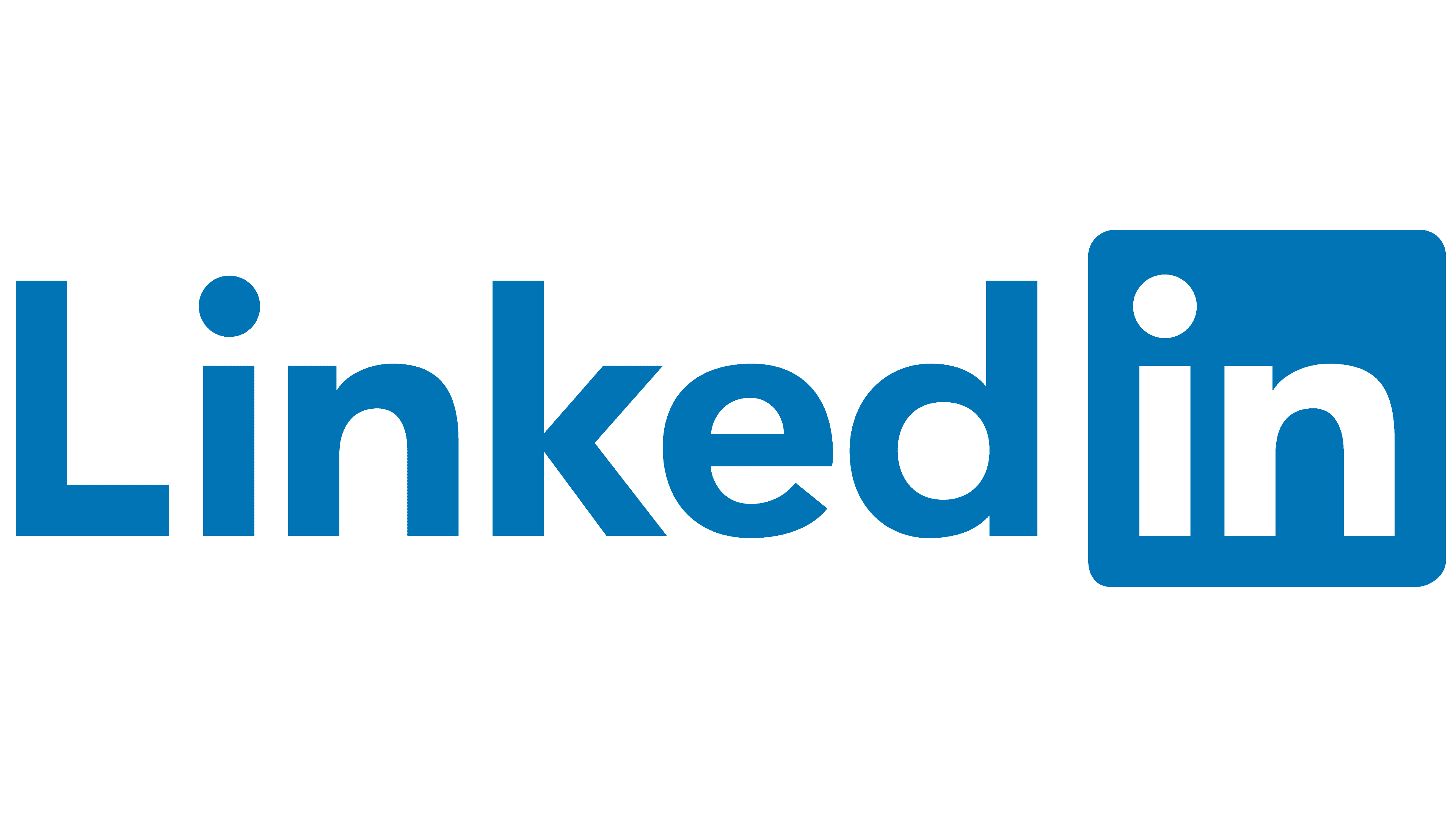Using and Protecting Your Intellectual Property
On September 27th, govmates facilitated a webinar with ATI presented by Cy Alba of PilieroMazza PLLC. (The full webinar replay can be found here.) The result was an hour of content packed with relevant and helpful information about Intellectual Property rights including:
- The difference between rights and ownership;
- The types of rights the government can hold and when they apply;
- When and how you can limit the government’s rights in your IP; and
- The biggest mistakes federal contractors make when developing IP.
Here we’ll highlight a few of the key takeaways from yesterday’s discussion.
Copyrights vs. Patents
As a general rule, the Government can not own a copyright outright, but they CAN own it through assignment. Copyrights do apply to original works of authorship. While a really awesome bit of contract prose might not qualify for copyright, an original webinar could. Clear as mud, right? This goes to say that there are circumstances and loopholes all around the landscape for IP and Data Rights so it makes the case for having a lawyer who knows the ins and outs.
When it comes to Patents, there are a few things to remember. Federal agencies CAN hold patents. There are certain clauses that are typically included in contracts that involve R&D. These generally will include one or more of the following clauses:
- FAR 52.227-11, Patent Rights – Ownership by the Contractor
- FAR 52.227-13, Patent Rights – Ownership by the Government
- DFARS 252.227-7038, Patent Rights – Ownership by the Contractor (Large Business)
- DFARS 252.227-7039, Patents – Reporting of Subject Inventions
Baked into these clauses is the understanding that the Government does get license rights if the invention was created during the time of the contract. At the onset of an invention/creation, you must declare and follow through on your decision to retain the title and ownership of a patentable product/service/etc. If you do not follow through within the established guidelines for ownership, you could inadvertently transfer the absolute ownership of your product/service to the government without a successful recourse for gaining it back. Something to note here is that if you are creating new things under an SBIR project, the SBIR does have certain protections for your work BUT if you choose to patent that work, you may lose SBIR protections as you have now made the information available to the public, thus negating the clauses within the SBIR agreements as they pertain to protection. This is the true meaning of a double-edged sword, so you will need to tread lightly.
Data Rights
Data rights have many caveats to ownership. The determination of ownership when it comes to technical data or computer software depend the following:
- When the item/product was developed – that timing typically depends on when it was make to work or created in a way that pushed the product from a work-in-progress to something that was fully able to be utilized
- The source of funding – was it privately funded? Did the creator receive government funds to push the project toward viability? Is there a mix of the two options listed previously?
Legends
We talked at length about utilizing legends in your noncommercial work to identify protected IP. When identifying pieces of protected intellectual property, it would seem that more is more when it comes to selecting the portions that need to be kept protected. In the FAR or DFARs, if a section ends with .227 you can bet it probably has something to do with Intellectual Property Protection. This is also where you will find the required legends to include in your documentation based upon the type of product or service you’re providing to your customer. Cy suggested creating a box of legends within your deliverables to specifically and clearly identify your protected IP. For example, if you are writing protected code, place your legend above the specific code and then again after it to create a “legend box” (non-technical term) that will clearly identify the pieces that can not be used outside of the contract license rights.
Protection Strategies
While it may seem that everyone is out to get a piece of your uniquely created pie, there are ways that you can protect your creations. The very first and least expensive way is to keep careful track of your data (what was created, when it was created, how it was funded, etc.). The second is to negotiate your license rights before bidding and award as trying to fix them later is often difficult and sometimes unsuccessful. Try to utilize a “work made for hire” provision to help clear the waters for potential license and ownership discrepancies down the line. Finally, know that if you are the limited/restricted license rights holder, you are not beholden to the Prime. You CAN go directly to the government, but that may be at the risk to your Prime-Subcontractor relationship. You’ll want to discuss all of these pieces with your Prime as early as possible to retain good standing of your relationship and protect your interests.
Conclusion
This webinar was, as mentioned, jam-packed with information regarding the highlights we shared above. We highly recommend throwing it on in the background or while on a walk to glean all of the truly important nuggets of information shared by Cy and the PilieroMazza team. When in doubt, get in touch with your law partners to demystify your IP opportunities. If you have questions regarding Intellectual Property rights in the Federal space, please don’t hesitate to reach out.




